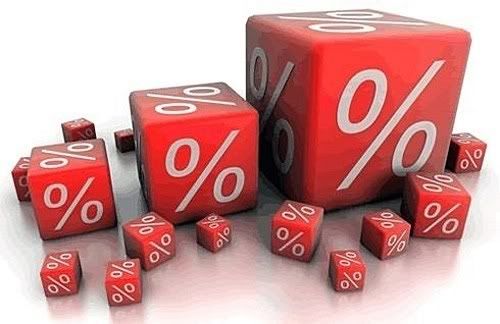
THIS MARKET MOMENT, IT’S all about the “bips”. In trading-desk slang, bips means basis points, or hundredths of a percentage point, the elemental unit of measure for bond yields. And the most important bips of the past week, arguably, are the mere 65 of them that make up the yield on the two-year Treasury note.
This yield has been dragged lower by a series of weaker-than-anticipated economic readings on housing and a predictable (if not widely predicted) downgrade of the Fed’s scoring of the recovery. The yield on the 10-year note, also in fast retreat to 3.11%, has tracked the U.S. economic data surprise index tick for tick.
The bond and stock markets consider the chance of an important economic slowdown with roughly the same frequency with which women and men, respectively, choose to talk seriously about their relationship–the former too often, the latter not often enough. But it is women and the bond market who ultimately determine the frequency.
In case you’ve been trapped in the 1990s, note that stocks these days move in step with bond yields, both falling as economic worry and deflationary anxiety rises. Thus, last week’s 3% drop in the Dow industrials, which brought the index toward the lower reaches of the trading range that has taunted, bedeviled and bored investors this year.
Bips can also serve as an acronym for Big Intractable Problems, the cable-news-ready messes that are quite clearly weighing on public psychology, from vexing fiscal issues at every level of Western government to the unstoppable oil spill to fractured loyalties among war commanders.
At times like these, when the market is indisputably in the sway of the macro forces, company-level fundamentals matter less than most investors would hope, and equity valuations get discounted until marked to market with Wall Street’s best guess about the plausible adverse scenario.
For sure, the macro story is now the loudest one. Bloomberg last week reported that macro-strategy hedge funds are pulling in new cash at twice last year’s rate. And correlations among individual stocks has stretched up toward 2008 panic levels in recent weeks, as the whole market has traded as one real-time gauge of economic anxiety.
The only question that ever really matters for investors is what sort of outlook is now priced into stocks. With the Standard & Poor’s 500 trading a few percent above its 2010 low and valued at 15 times the past 12 months’ earnings and 12 times the forward year’s forecast, it seems the slow-and-erratic growth path is the market’s baseline view.
Google Trends, which tracks search-term volume, is a wonderful group psychologist. Lately there’s been a surge in searches for “double dip,” as surfers fretted over this dreaded but rare form of recession relapse. Searches for “ECRI,” or Economic Cycle Research Institute, have likewise ramped up. The firm’s weekly economic leading indicator dipped to worrying levels a week ago–to the point where ECRI researchers have been moved to downplay its efficacy in handicapping recessions. This is reminiscent of the spike in online searches for “soft patch” in 2004 and 2005, as that economic recovery segued from torrid to tepid.
The fact that the market didn’t blink upon Friday’s downward revision of first-quarter GDP hints that a softer outlook is largely discounted. Another thin reed is the fact that a Barclays Capital slashing of Goldman Sachs’ (ticker: GS) second-quarter profits to $1.95 from $5.35 Wednesday didn’t faze the bellwether stock.
The market is back near a level where fundamental investors have detected some value, but bulls have lately made a poor showing. Trading volume has been greater in declines than on bounces, a sign of a vulnerable tape. And if this bout of macro fear and headline fright requires one of those panic-spreading shakeouts before energizing the bargain hunters, then we haven’t yet gotten it, and if we do it would likely culminate below 1000 on the S&P 500.
Yet with nominal GDP now running at an all-time record, every day the market just sits there makes valuations less demanding. So it’s too early to dispense with the idea of an anxious summer trading range— but one in which the lower end isn’t far off. (Source: Barrons Online).
